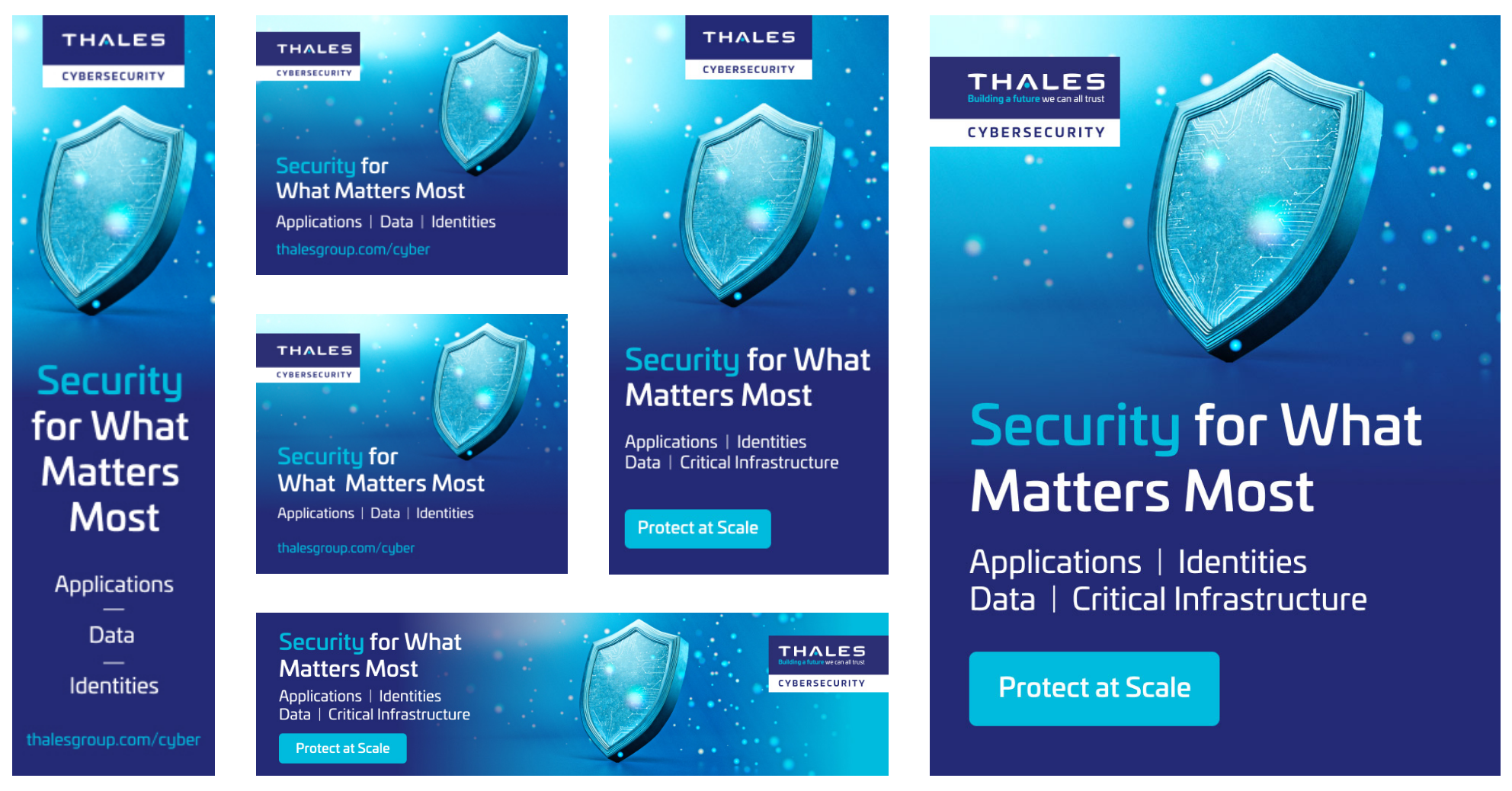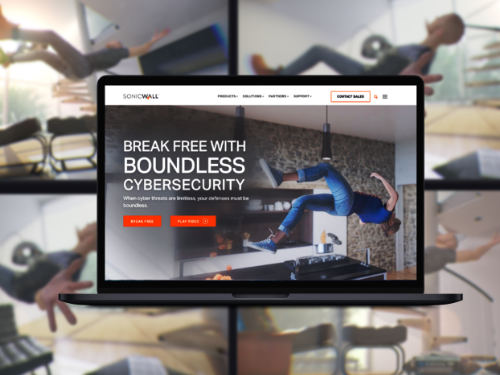Although Hamlet was wrestling with things far deeper when he asked the infamous question “to be or not to be”, in today’s marketing landscape, there are questions we still wrestle with when it comes to an effective marketing strategy.
At Bluetext, we work with several clients whose paid media goals largely center around lead generation. However, what happens when form fill numbers are underperforming? People today are becoming increasingly reluctant to fill out online forms, in turn affecting lead generation opportunities.
Why the hesitancy to fill out forms?
- Privacy concerns: People are more aware of how their data is used or misused. Forms that ask for too much personal information without clear justification turn people away.
- Spam: There is a concern among users of inboxes being ‘spammed’ after giving their contact information.
- Friction in the user experience: Many online forms ask for too much information upfront. Users get overwhelmed or feel it’s not worth the effort.
- Perceived lack of value ie. “Why should I?”: Requiring a form just to view content (like PDFs or prices) can backfire — especially if competitors don’t.
Research shows that 61% of marketing professionals see obtaining leads as their most significant challenge. This brings us back to our burning question: to gate or un-gate your assets?
First off, when it comes to paid media lead generation it’s important to remember that 80% of new leads don’t convert to sales, and 63% of leads take over 3 months to convert. Simply gating assets like whitepapers, eBooks, or case studies won’t produce the results you might be hoping to achieve.
Let’s dive into some techniques that your company can layer on top of each other to build out a more robust strategy.

Lead Generation Tactics
Video CTAs
Create videos with embedded CTAs that appear at just the right time. Instead of gating the asset right away, you can gate the content after some values is shown, increasing trust. A bonus to this tactic – 91% of consumers want to see more videos from brands (the TikTok/Reels type of short form video content has become the preferred way to learn about brands).
Content Upgrades IN Blogs
Offer bonus content inline in your blog using click-triggered opt-ins. Your team can share the blog initially free of ask, but mid-way through the blog is an asset such as a “Free Checklist” where-in the reader needs to input their contact information in order to receive.
Offer Email-Only “Extras”
Position your newsletter or emails as the “ongoing value layer”. For example: “Liked this content? Get more updates we only send to subscribers”. The call-to-action comes after some piece of value has already been offered – in order for the audience to receive MORE, they will need to give us their information.
Gate the Convenience, Not the Content
This answers our Gated vs. Ungated question directly. Ungated content: Blogs, ebooks, videos.
Gated: Demos, case studies, calculators, product comparisons. The gated content should provide an added layer – something the audience can’t find for free by doing a simple google search.
Retargeting
Take the paid media campaigns you currently have running and create custom non-lead gen objective audiences ie. video viewers or brand awareness post engagers. Retarget the audience with gated content after they’ve already been exposed and introduced to your brand. After they’ve been warmed up, then you can ask for information.
Heat Mapping Landing Pages
Your web-team (or ours!) can conduct “heat mapping” on your landing pages. If your lead magnet is below the fold or in a cold zone, few will ever see it. Heat mapping can help identify where users are losing interest and your team can work to restructure the layout for optimal performance.

In Conclusion
One or all of these tactics can be used simultaneously to help strengthen your company’s lead generation results. If any of this sounds overwhelming or your team lacks the bandwidth to execute, Bluetext is here to help. Our paid media team is trained and tactical in all things lead generation – let’s get to work!




